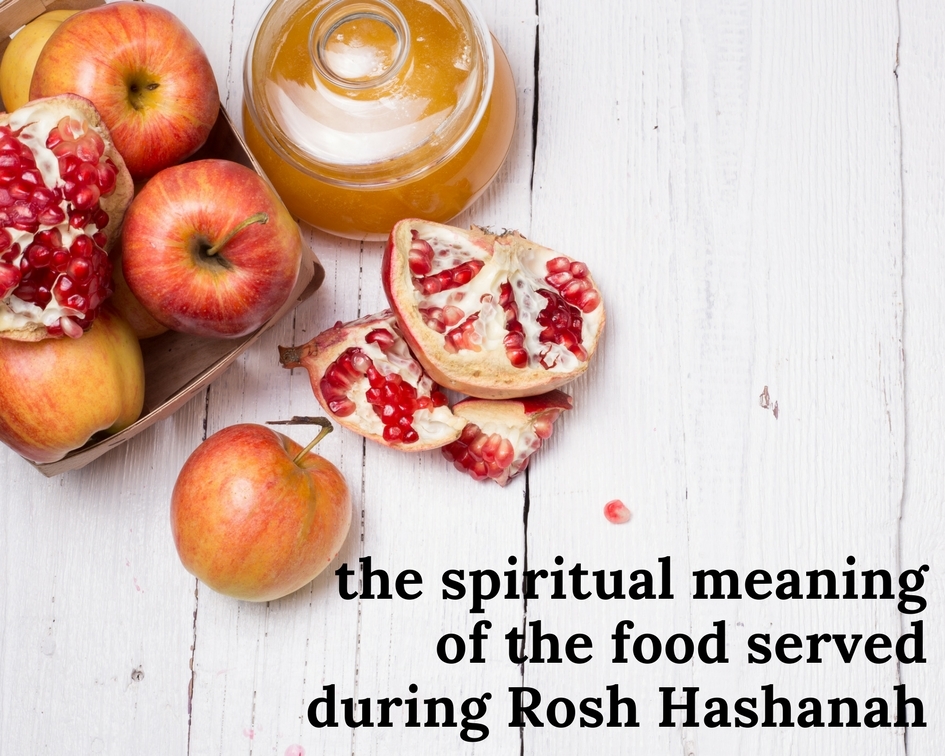Rosh Hashanah is the Jewish New Year celebration. This celebration has a precise meaning, and the foods served are no exception. Traditional Rosh Hashanah foods are rich with intent and purpose.
Round Challah Bread (Braided Egg Bread)
- Appearance: Cylindrical to celebrate the cyclical nature of the year.
- Considered by the chef as a sacrifice and the table to be an altar.
- Dipped in honey to symbolize a prayer for a sweet rather than salty year ahead.
Apples with Honey
- Remembrance: Hebrew Scriptures describe the Garden of Eden as having the sweet scent of an apple orchard.
- Dipped in honey for a sweet and fruitful year.
Fish Head
- Symbolizes abundance and plenty (because fish swim in schools).
- The head and the body are traditional to Rosh Hashanah. However, the head symbolizes driving into the new year with strength; therefore, it is the prized part of the meal.
Carrots, Leeks, and More
- Some foods are treasured because they are a play on words, meaning the word for the food sounds like something else you’d wish for in the new year.
- Gezer is the word for carrots – ward off evil decrees (gazar) against the Jewish people.
- Karsi is the word for leeks – prayer to destroy (Kares) enemies in the new year.
Other potential food word plays include fenugreek, gourds, beets, or fresh dates.
New Fruits
- New fruits appear on the table during the second night of Rosh Hashanah so that the families can hear the blessing for new things again.
- Dried fruits are not present, only fresh ripe fruits are appropriate. It’s common for new and exotic fruits to be used.
Pomegranates
- Pomegranates may serve as a new fruit but also as a symbol of bounty, multitude, and plenty.
- They also have a rich history throughout biblical times. They served as decorations for High Priest’s robes and as decorations in King Solomon’s temple.
